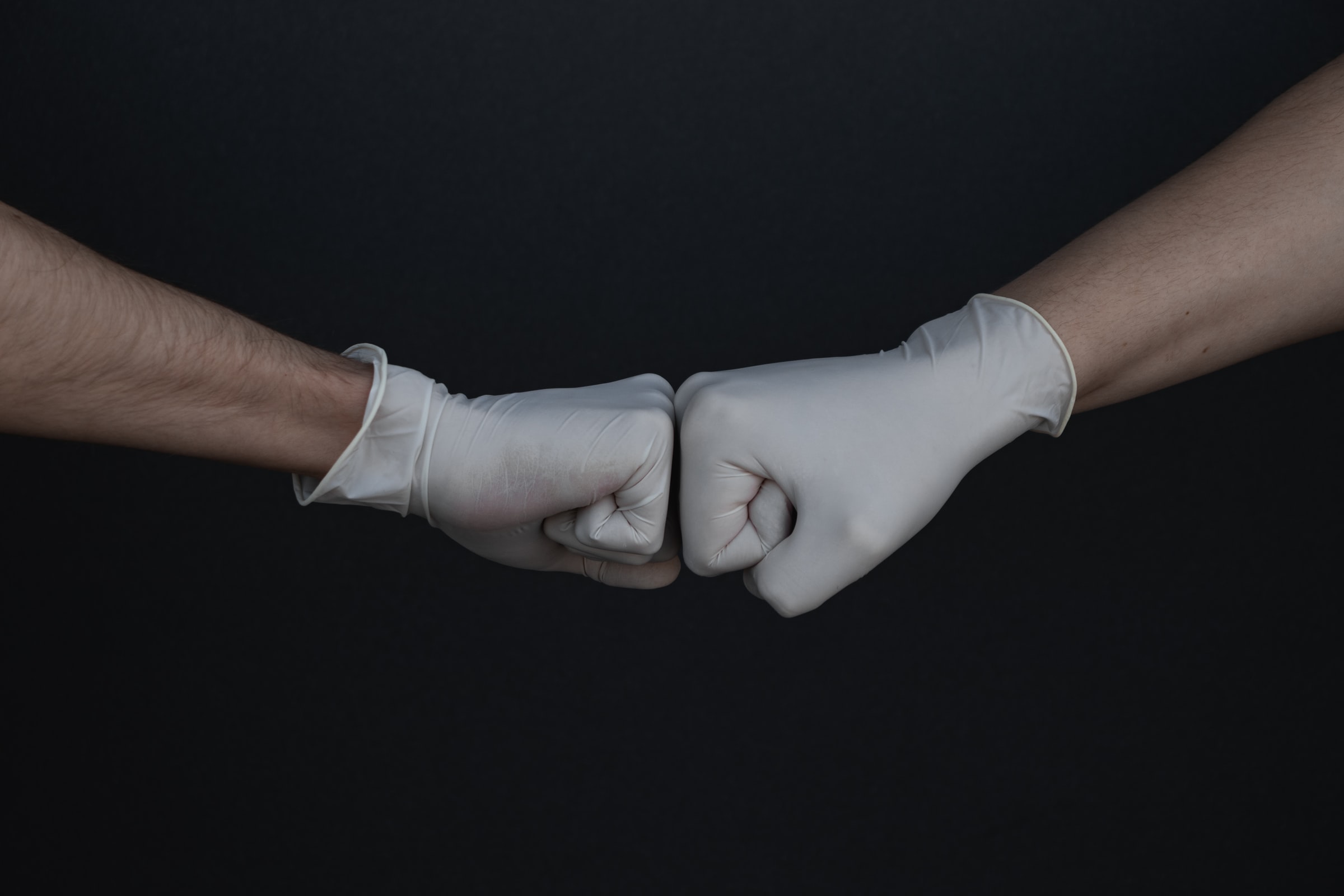To reduce the risk of Covid-19 virus transmission, it’s crucial to adopt disinfection practices in non-healthcare environments.
That includes offices, schools, houses, gyms, markets, restaurants, transportation, and public buildings. In non-healthcare settings, the high-touch surfaces need to be identified and prioritized for disinfection.
That includes handles, door, food and kitchen preparation areas, and devices with a touch screen, work surfaces, toilets, and countertops.
The level of contamination through surfaces is unknown, but studies have concluded that disinfection leads to low transmission levels.
The Coronavirus can survive on surfaces for days or hours. That depends entirely on humidity and temperature.
Through various studies, you can see that disinfecting surfaces is suboptimal and make disinfection effective; you need a good product and practice.
Effective practice and product combined results in surface disinfection. They reduce the risk via inactivation of pathogens or viral removal.
To Fight Covid-19, Keep These Principles of Surface Disinfection and Cleaning in Mind:
A deep cleaning helps to get rid of pathogens or reduces their presence on contaminated surfaces significantly. That’s the essential step in the Disinfection process.
You can hire cleaning services if you don’t have the time or simply clean using soap and water.
By scrubbing or brushing, you can remove the debris, dirt, secretions, blood, and excretions. However, simple water cannot kill microorganisms.
Organic matter can hinder direct contact of a surface to a disinfectant. It will inactivate the disinfectant’s germicidal properties or action mode.
According to Heba Noureldine, operations manager of Cleaning Company Dubai, to ensure that surface disinfection is effective, contact time and disinfectant concentration are critical.
Therefore, to kill germs of a virus as deadly as Covid-19, you need to apply a chemical disinfectant with alcohol or chlorine.
You should only prepare the solutions using the manufacturer’s recommendations for contact fine and volume. If the dilution is not adequate, the overall effectiveness of the disinfectant will reduce.
Apply enough of the solution to surfaces so that they remain untouched and wet for a long time, and it gives them a chance to inactivate pathogens.
For soft (porous) surfaces such as rugs, drapes, and carpets, clean them either with water or cleaners that are appropriate for cleaning surfaces.
Precautions to Take While Disinfecting Surfaces:
Start wearing disposable gloves to disinfect and clean. Then quickly discard them as they are only required for cleaning services. After you remove your gloves, wash your hands without any further ado.
If there’s a sick person in your house, give them a separate bedroom and bathroom. Follow all instructions on the label.
Make sure that the products are effectively and safely be used. Put the wet surface with the disinfectant for some time. Always use a deep cleaning.
When the sick person has recovered, you can ask a professional for cleaning services, and they’ll disinfect the whole room in only a few hours. That will save your time and the risk of falling sick yourself.
The Daily Buzz combines the pursuit of interesting and intriguing facts with the innate human desire to rank and list things. From stereotypical cat pictures to crazy facts about the universe, every thing is designed to help you kill time in the most efficient manner, all while giving you something to either laugh at or think about!
